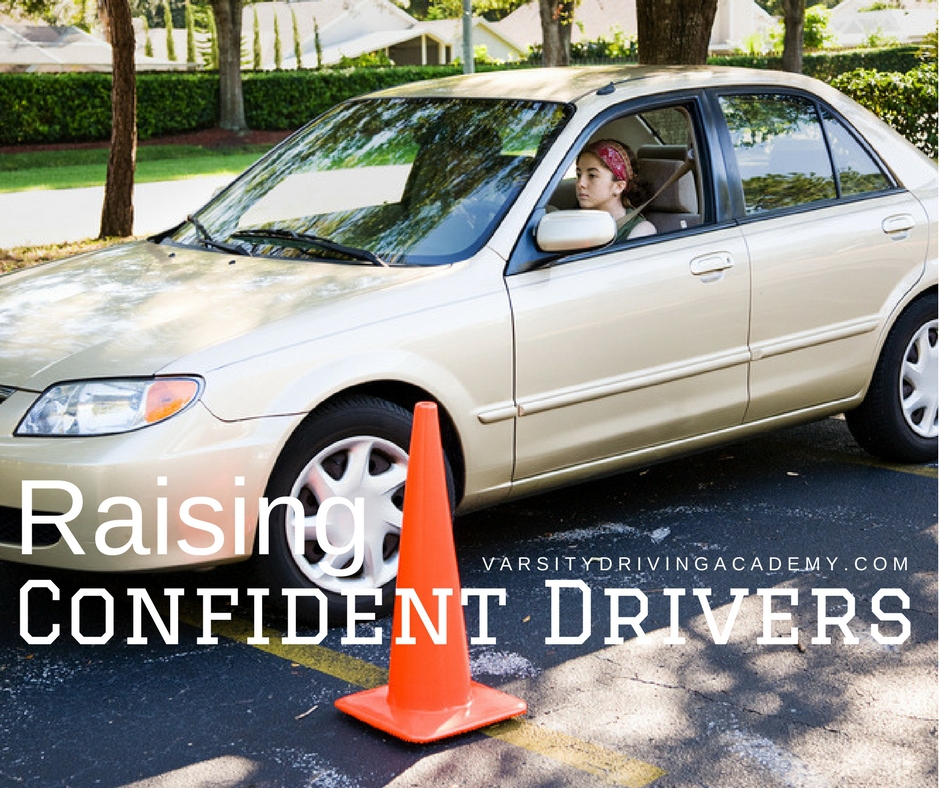Raising Confident Drivers | Tips for Parents
Being a parent is hard right from the word “go”. But things start to get even more complicated as time goes on. One stage of parenting that is especially difficult is during the teenage years. Dealing with our child’s physical growth, changing interests, and on top of it all, teaching our teenager to drive. One of the most important traits we can pass on to our children in every aspect of life is confidence. Driving is one of those aspects of life, we want to ensure that we teach our children how to be confident drivers. Raising confident drivers means we need to be confident drivers ourselves and that it’s OK to have a little help along the way.
Raising Confident Drivers | Tips for Parents
One of the best ways to raise confident drivers is to let them take control. This doesn’t only apply to when you get in the car, but also when you start to train. In California, teens can start learning how to drive at the age of 15 ½ but that doesn’t mean they have to start. Ask them if they’re ready to learn and have a discussion about the responsibility that comes with learning how to drive.
Plan it Out
There are plenty of driving skills that you can help teach your teen and everything should be practiced. However, you need to make sure that you practice in a safe place. Pick a usually empty parking lot nearby. As your teen advances, you can choose light trafficked roadways.
Ask, Don’t Tell
Parenting styles differ from person to person but there are teaching methods that have been proven to work. One of the best teaching methods is to not tell someone what they did wrong but to ask if there’s a better way. Asking questions not only puts your teen in control but also forces them to recall information naturally.
Keep Calm and Teach On
Panicking while behind the wheel is never a good idea, even if you’re just a passenger. As hard as it may be, use tones that are relaxed when speaking and try not to show your fear. If your teen sees your fear, they may panic and do something even worse.
Choose Your Words
The word “right” should be used only to describe a direction, not an accomplishment. Instead, use the word “correct” or “yes”. Also be sure to give direction well in advance. If you plan on having them turn left on the next block, tell them two blocks ahead. Giving a direction as it is approaching can also make your teen panic and cause an accident.
Time Limits
There’s no need to practice for hours at a time. Set time limits on each session and gradually work your way up if you’d like. Starting out, 15 minutes of practice time a day is just fine. When your teen gets comfortable enough with those 15 minutes, start adding 10 minutes per week.
Be an Example
While your teen is learning to drive you’ll still be driving them around. If your teen is in the car with you while you’re driving, set examples. Make sure you do everything right and ditch any bad habits. One phrase some parents hate the most is, “well, you did it.” In fact, try becoming a great driving example their entire childhood and beyond.






2 Comments